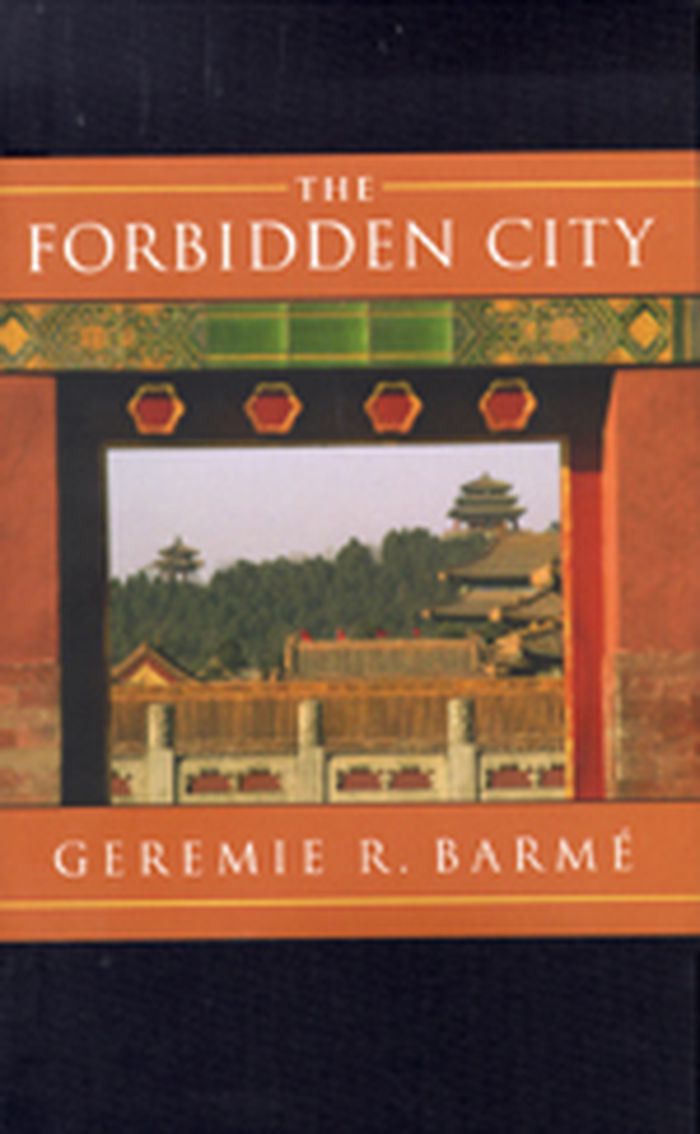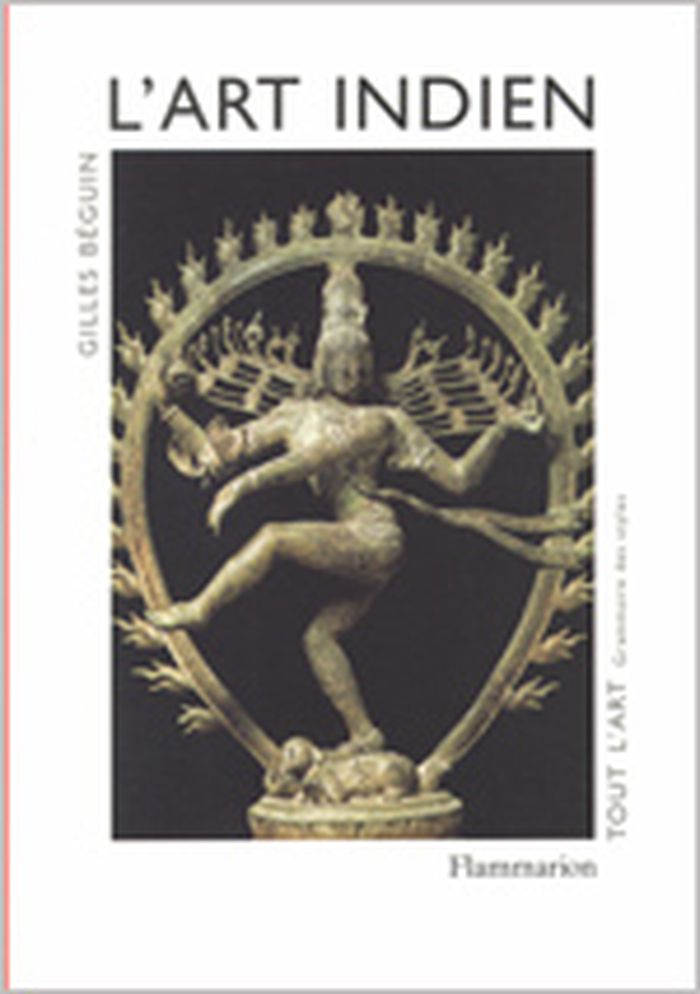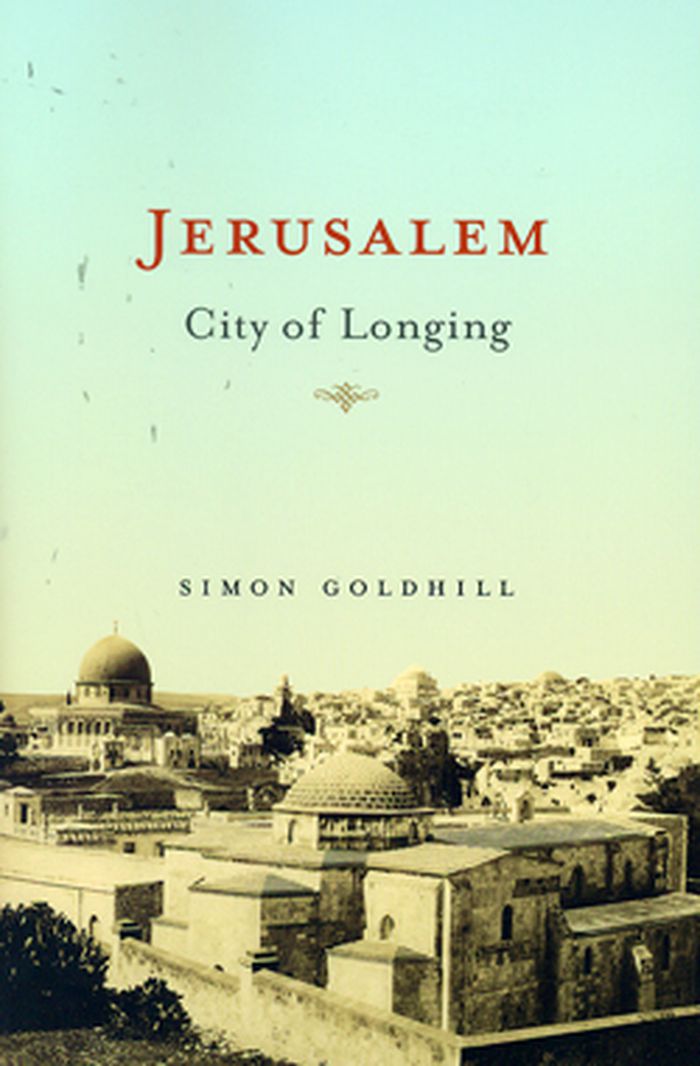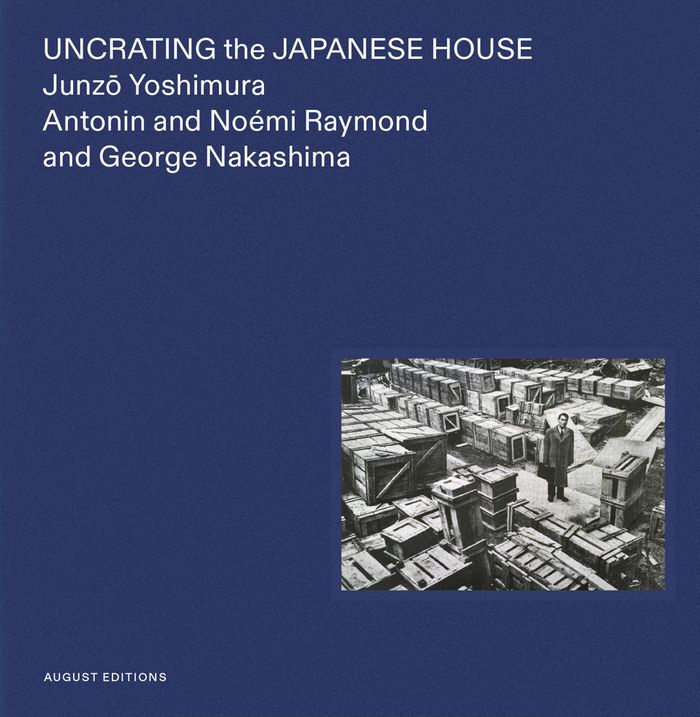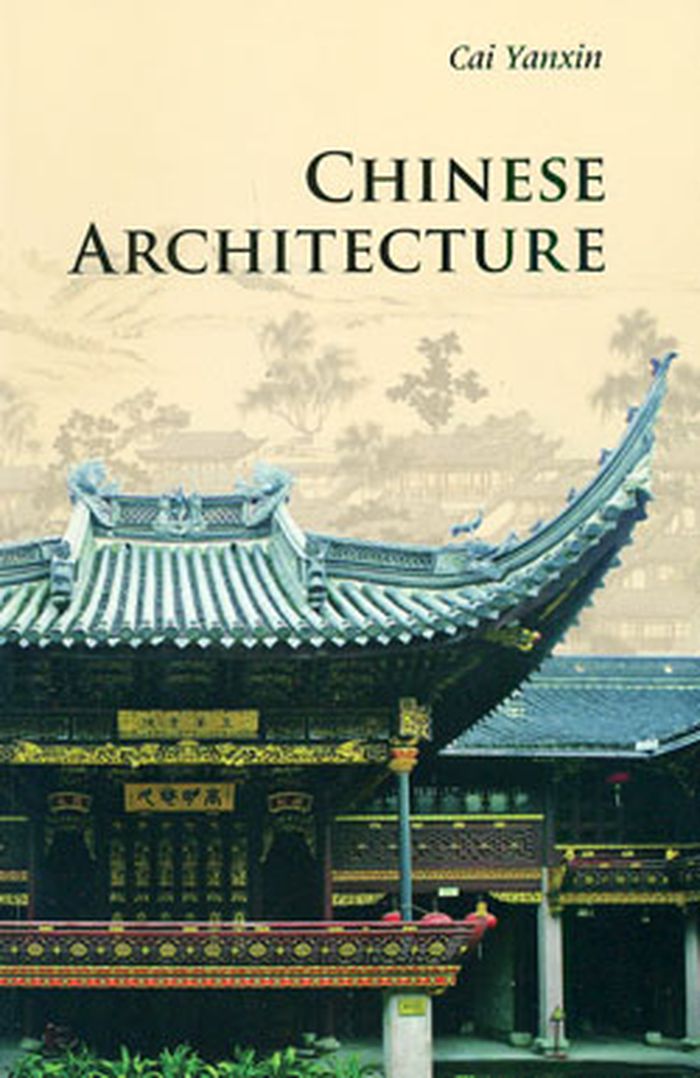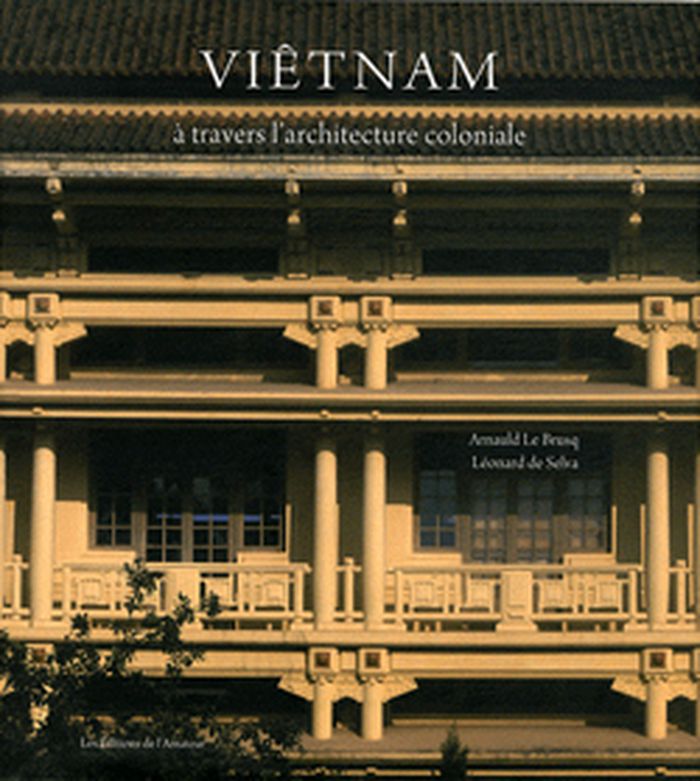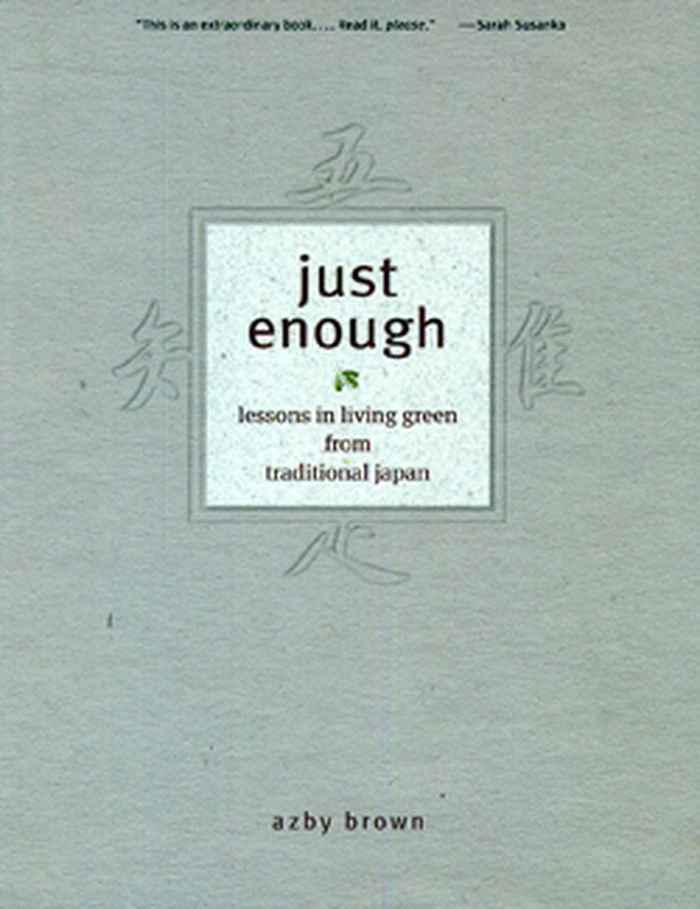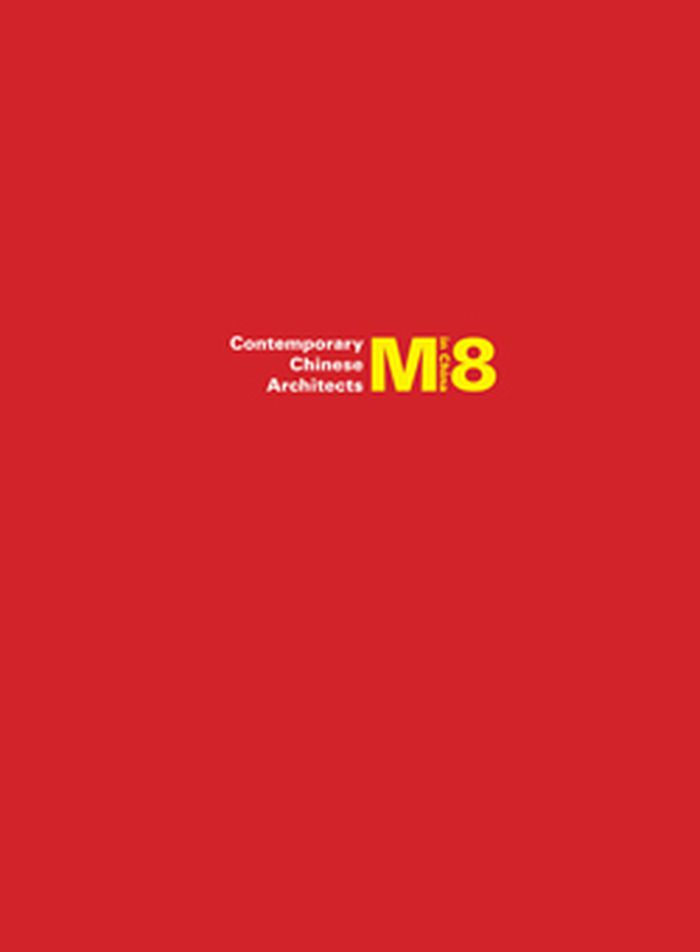The Forbidden City
$19.95
(available to order)
Summary:
The Forbidden City (Zijin Cheng) lying at the heart of Beijing formed the hub of the Celestial Empire for five centuries. Over the past century it has led a reduced life as the refuge for a deposed emperor, as well as a heritage museum for monarchist, republican, and socialist citizens, and it has been celebrated and excoriated as a symbol of all that was magnificent and(...)
The Forbidden City
Actions:
Price:
$19.95
(available to order)
Summary:
The Forbidden City (Zijin Cheng) lying at the heart of Beijing formed the hub of the Celestial Empire for five centuries. Over the past century it has led a reduced life as the refuge for a deposed emperor, as well as a heritage museum for monarchist, republican, and socialist citizens, and it has been celebrated and excoriated as a symbol of all that was magnificent and terrible in dynastic China’s legacy. The Forbidden City’s vermilion walls have fueled literary fantasies that have become an intrinsic part of its disputed and documented history. Mao Zedong even considered razing the entire structure to make way for the buildings of a new socialist China. The fictions surrounding the Forbidden City have also had an international reach, and writers like Franz Kafka, Elias Canetti, Jorge Luis Borges, and Mervyn Peake have all succumbed to its myths. The politics it enshrined have provided the vocabulary of power that is used in China to the present day, though it is now better known as a film set or the background of displays of opera, rock, and fashion.
History until 1900, Asia
L'art indien
$14.50
(available to order)
Summary:
Dans cet ouvrage, l'exposé didactique appuyé de nombreux documents iconographiques (peintures, sculptures, architectures, plans) passe en revue l'art de ce vaste sous-continent qu'est l'Inde, traversé par deux grandes religions : le bouddhisme et l'hindouisme
L'art indien
Actions:
Price:
$14.50
(available to order)
Summary:
Dans cet ouvrage, l'exposé didactique appuyé de nombreux documents iconographiques (peintures, sculptures, architectures, plans) passe en revue l'art de ce vaste sous-continent qu'est l'Inde, traversé par deux grandes religions : le bouddhisme et l'hindouisme
History until 1900, Asia
books
$39.95
(available to order)
Summary:
This book uncovers the concealed concepts at work in Japanese living space, and brings compelling insights and long-needed clairity to the subject.
The Inner Harmony of the Japanese House
Actions:
Price:
$39.95
(available to order)
Summary:
This book uncovers the concealed concepts at work in Japanese living space, and brings compelling insights and long-needed clairity to the subject.
books
October 1998, Tokyo
History until 1900, Asia
books
$127.50
(available in store)
Summary:
The New Cambridge History of India, volume I.7
May 1999, Cambridge
The Architecture and Art of the Deccan Sultanates
Actions:
Price:
$127.50
(available in store)
Summary:
The New Cambridge History of India, volume I.7
books
May 1999, Cambridge
Jerusalem: city of longing
$21.99
(available to order)
Summary:
Goldhill, professor of Greek at Cambridge, provides an illuminating archeological, architectural and historical guide to Jerusalem's most holy and secular sites from biblical times to the present. As Goldhill explores Jerusalem during the Victorian period, which he claims laid the groundwork for much of the modern city, the impact of British mandatory rule, and the city(...)
Jerusalem: city of longing
Actions:
Price:
$21.99
(available to order)
Summary:
Goldhill, professor of Greek at Cambridge, provides an illuminating archeological, architectural and historical guide to Jerusalem's most holy and secular sites from biblical times to the present. As Goldhill explores Jerusalem during the Victorian period, which he claims laid the groundwork for much of the modern city, the impact of British mandatory rule, and the city today, he faces head-on the difficulty of telling the history of a place where every fact is contested by conflicting nationalist narratives.
History until 1900, Asia
Uncrating the Japanese house
$77.00
(available to order)
Summary:
In 1953, Japanese architect Junzo Yoshimura designed a now-classic Japanese house and garden that he called Shofuso. It was built in Nagoya, Japan, and shipped to New York in 1954, where it was exhibited at the Museum of Modern Art and then relocated to Philadelphia’s Fairmount Park. This extensively illustrated volume centers on Yoshimura’s design for Shofuso and two(...)
Uncrating the Japanese house
Actions:
Price:
$77.00
(available to order)
Summary:
In 1953, Japanese architect Junzo Yoshimura designed a now-classic Japanese house and garden that he called Shofuso. It was built in Nagoya, Japan, and shipped to New York in 1954, where it was exhibited at the Museum of Modern Art and then relocated to Philadelphia’s Fairmount Park. This extensively illustrated volume centers on Yoshimura’s design for Shofuso and two allied sites located in New Hope, Bucks County, Pennsylvania: Raymond Farm (1939–41); and Nakashima Studios. Each site, in its own way, is the embodiment of the personal relationships and cross-cultural collaborations among this group of architects and designers. This volume documents an exhibition of objects and ephemera mounted at Shofuso. Architectural photographer Elizabeth Felicella captures each site in a portfolio of newly commissioned images. Essays by Ken Tadashi Oshima and William Whitaker, illustrated with historical photographs, family snapshots and architectural drawings, further elucidate this important chapter in the history of modern architecture and design.
History until 1900, Asia
Chinese architecture
$19.95
(available to order)
Summary:
Ancient Chinese architecture is not only a source of reference for modern Chinese design, it has also had an international influence and attracted global attention. Moreover, architectural remains in China reveal much about the history of this ancient civilisation. The palaces, gardens, temples, tombs and dwellings of the Chinese people reflect, for example, the military(...)
Chinese architecture
Actions:
Price:
$19.95
(available to order)
Summary:
Ancient Chinese architecture is not only a source of reference for modern Chinese design, it has also had an international influence and attracted global attention. Moreover, architectural remains in China reveal much about the history of this ancient civilisation. The palaces, gardens, temples, tombs and dwellings of the Chinese people reflect, for example, the military achievements of the Qin emperor, the spirit of the Tang Dynasty, the palace intrigues of the Ming Dynasty, the diversity of Chinese culture through the ages and the skill of countless generations of craftsmen and labourers. This publication provides an accessible, illustrated introduction to this essential part of China's cultural heritage.
History until 1900, Asia
$72.95
(available to order)
Summary:
A la faveur des échanges renoués, les Occidentaux redécouvrent ce pays secoué par trente ans de guerre. Les apports architecturaux de la période coloniale demeurent visibles et contribuent toujours à façonner le visage des cités actuelles. Léonard de Selva, photographe, et Arnauld Le Brusq, historien de l''art, proposent un itinéraire du sud au nord du Viêtnam, de Hô Chi(...)
Viêtnam : à travers l'architecture coloniale
Actions:
Price:
$72.95
(available to order)
Summary:
A la faveur des échanges renoués, les Occidentaux redécouvrent ce pays secoué par trente ans de guerre. Les apports architecturaux de la période coloniale demeurent visibles et contribuent toujours à façonner le visage des cités actuelles. Léonard de Selva, photographe, et Arnauld Le Brusq, historien de l''art, proposent un itinéraire du sud au nord du Viêtnam, de Hô Chi Minh-Ville - l''ancien Saigon - à Hanoi, en passant par Dalat, Nha Trang, Danang - anciennement Tourane - et Huê, autant de villes abordées de manière vivante sous l''angle de l'histoire urbaine et architecturale.
History until 1900, Asia
$32.95
(available to order)
Summary:
This publication is a book of stories, depictions of vanished ways of life told from the point of view of a contemporary observer. The stories tell how people lived in Japan some two hundred years ago, during the late Edo Period, when traditional technology and culture were at the peak of development and realization, just before the country opened itself to the West and(...)
Just enough: lessons in living green from traditional Japan
Actions:
Price:
$32.95
(available to order)
Summary:
This publication is a book of stories, depictions of vanished ways of life told from the point of view of a contemporary observer. The stories tell how people lived in Japan some two hundred years ago, during the late Edo Period, when traditional technology and culture were at the peak of development and realization, just before the country opened itself to the West and joined the ranks of the industrialized nations. They tell of people overcoming many of the identical problems that confront us today--issues of energy, water, materials, food and population--and forging a society that was conservation-minded, waste-free, well-housed, well-fed and economically robust.
History until 1900, Asia
$48.00
(available to order)
Summary:
M8 in China showcases a range of work by eight private Chinese architectural offices whose energetic output reveals some fascinating new connections between Eastern tradition and the Western avant garde. Whether it is a museum with a facade made of bamboo-clad concrete or a tea-house sited at the foot of a mountain, all 24 selected projects in this book are impressive(...)
April 2010
M8 in China: contemporary chinese architects
Actions:
Price:
$48.00
(available to order)
Summary:
M8 in China showcases a range of work by eight private Chinese architectural offices whose energetic output reveals some fascinating new connections between Eastern tradition and the Western avant garde. Whether it is a museum with a facade made of bamboo-clad concrete or a tea-house sited at the foot of a mountain, all 24 selected projects in this book are impressive evidence of the high quality of current architectural practice in China.
